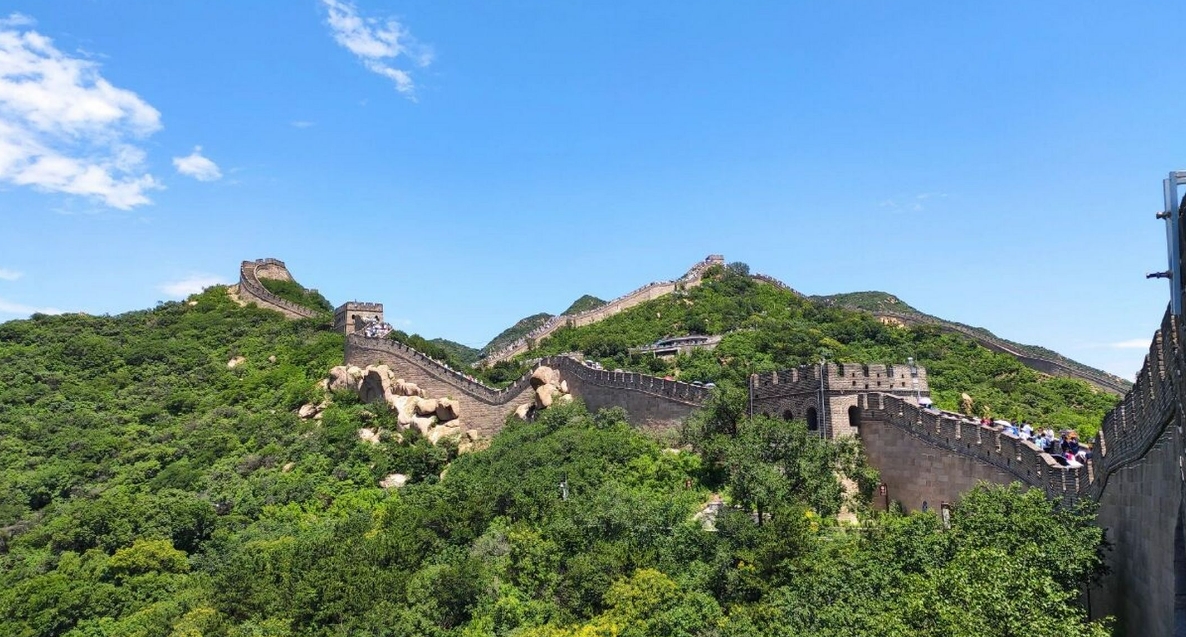
Badaling: The Majestic Peak of the Great Wall
"Badaling", meaning "reaching eight directions", is a majestic section of the Great Wall located in Yanqing, Beijing. Its name derives from the winding ridges that stretch out in all directions. Like a seasoned general, the Badaling Great Wall stands proudly amidst the towering mountains, its gaze fixed sharply on the distance, ever ready to repel any invaders.
The name "Badaling" is attributed to the unique mountainous terrain. Rolling peaks and deep ravines intertwine like a colossal dragon, coiling through the imposing landscape and extending towards the eight cardinal directions. The word "ling" (ridge) highlights the area's topography, emphasizing its formation from numerous interconnected peaks, creating a formidable mountain range.
Historically, Badaling has been considered a strategic stronghold for safeguarding the capital, earning it the title of "Key to the Northern Gate." This is because its treacherous terrain makes it easily defensible and a crucial gateway into Beijing. To the north lies the Mongolian steppe; to the south, the entire North China Plain unfolds, making it a historically contested location. Recognizing its importance, successive dynasties prioritized Badaling's defenses, reinforcing its walls and establishing checkpoints. This transformed it into an unbreachable barrier, effectively repelling nomadic incursions from the north and preserving peace and stability in the Central Plains.
Today, the Badaling Great Wall has become a world-renowned tourist destination, attracting visitors from across the globe. Ascending its heights, one is greeted by a panoramic vista: the Great Wall, resembling a giant dragon, snakes through the mountains, an awe-inspiring spectacle. It is more than just ancient walls; it's a testament to the resilience and indomitable spirit of the Chinese nation. Standing atop Badaling, visitors can not only marvel at the ingenuity and craftsmanship of the ancient laborers but also experience firsthand the enduring spirit of the Chinese people.
Q&A
Q: What is the meaning of the name "Badaling"? A: "Badaling" translates to "reaching eight directions," reflecting the way the Great Wall's ridges at this section extend outwards in all directions.
Q: Why was Badaling considered strategically important in history? A: Badaling's mountainous terrain made it a natural fortress and a crucial gateway into Beijing. Controlling this passage was vital for defending the capital from invasions from the north.
Q: What can visitors experience at the Badaling Great Wall today? A: Visitors can walk along the restored sections of the Wall, enjoying breathtaking views of the surrounding landscape. They can also learn about the history of the Wall and appreciate the architectural and engineering prowess of its ancient builders.
note: This return of all, without the author's permission, may not be reproduced